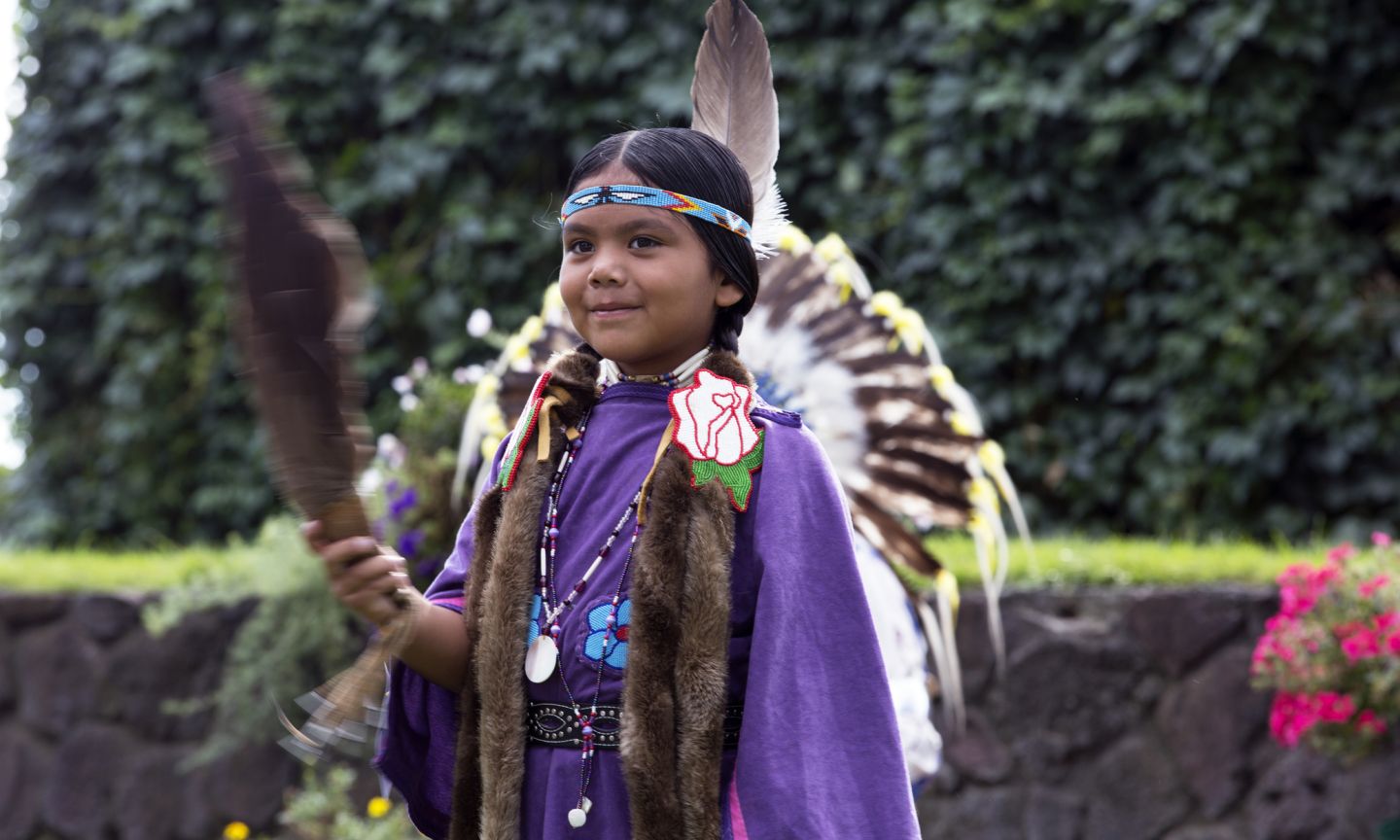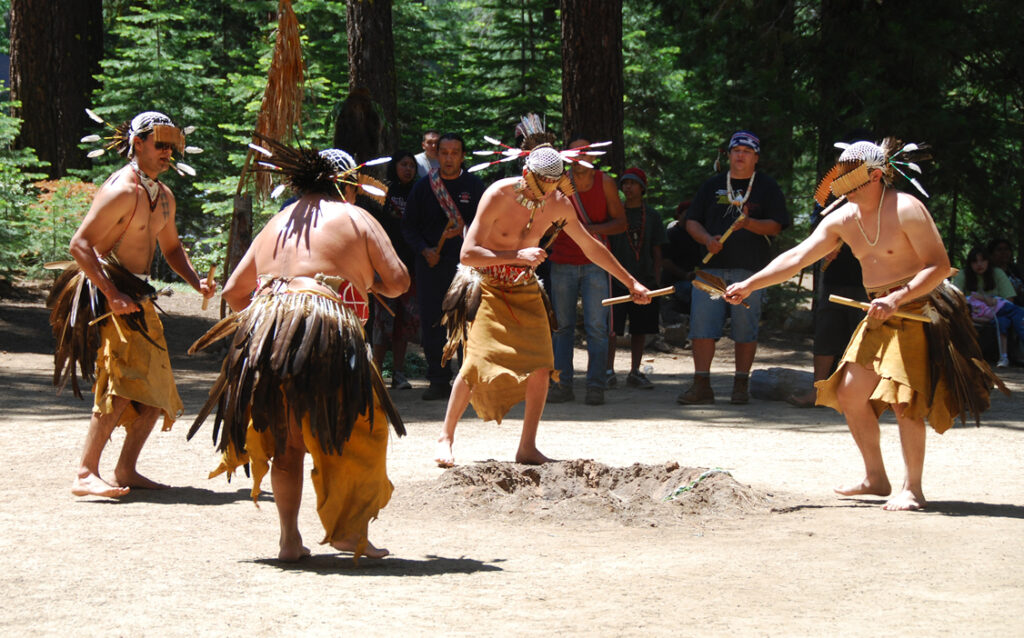Finding Your Nearest Native American Community: A Guide to Understanding and Respect
Finding Your Nearest Native American Community: A Guide to Understanding and Respect

It’s great you’re interested in learning more about the Native American communities near you! It’s a sign you’re curious about the rich history and vibrant culture that exists right in your backyard. But, before we dive into finding the closest reservation, let’s talk about a few important things to keep in mind.
First off, “reservation” isn’t always the most accurate term. While many Native American communities do reside on federally recognized reservations, others live in urban areas or on land they’ve owned for generations. It’s important to approach this journey with respect and sensitivity, recognizing the diversity of Native American experiences.
Related Articles: Finding Your Nearest Native American Community: A Guide to Understanding and Respect
- Unveiling the Treasures of Crow Reservation: A Journey of Discovery
- Unveiling the Threat of Recession in Indonesia 2023: Discoveries and Insights
- Unveiling the Treasures of Indian Reservations in Phoenix
- Southern California’s Hidden Lands: A Map Of Native American Reservations
- Unveiling the Enduring Legacy of Indian Reservations: A Journey of Discovery
So, how do you find the nearest Native American community? Let’s break it down:
1. Using Online Tools:
- Native Land Digital: This incredible website is a must-visit. It’s a powerful map that shows the traditional territories of hundreds of Native American nations across the United States and Canada. You can zoom in on your location and see which tribes have historical ties to your area.
- Tribal Websites: Many tribes have their own websites with information about their history, culture, and services. You can find these by searching online for the specific tribe you’re interested in.
- Google Maps: While not as detailed as Native Land Digital, Google Maps can be helpful for finding nearby reservations. You can search for "Indian reservations near me" or the name of a specific tribe.
2. Reaching Out to Local Organizations:

- Native American Centers: Many cities and towns have Native American centers or community organizations. These organizations can be great resources for information about local tribes and events.
- Museums: Local museums often have exhibits on the history of Native Americans in the area. They can be a great place to learn about the diverse cultures and traditions of the tribes in your region.
- Libraries: Libraries are often a great source of information about local history, including the history of Native Americans. They may have books, articles, and other resources available.

3. Respectful Engagement:
- Understanding Tribal Sovereignty: It’s important to remember that Native American tribes are sovereign nations. They have their own governments, laws, and customs. Always approach them with respect and seek permission before visiting or taking photos.
- Cultural Sensitivity: Not all Native American communities welcome visitors, especially if they’re not familiar with their culture or traditions. Always be mindful of your actions and words.
- Avoid Stereotypes: Native Americans are not a monolithic group. They come from diverse backgrounds and have unique cultures and traditions. Avoid making generalizations or assumptions.

Beyond Finding a Reservation: Understanding the Broader Picture
Finding the closest Native American community is just the beginning of your journey. Here are some additional ways to learn and engage:
- Read Books and Articles: There are many excellent books and articles written by Native American authors that offer a rich and nuanced understanding of their experiences.
- Attend Cultural Events: Many Native American communities hold powwows, festivals, and other cultural events throughout the year. These events are a great way to experience their traditions firsthand.
- Support Native American Businesses: Many Native American businesses sell art, crafts, food, and other products. Supporting these businesses helps to preserve their culture and traditions.
Getting Involved:
- Volunteer: There are many ways to volunteer your time and skills to support Native American communities. You can help with community projects, cultural events, or educational programs.
- Donate: Many Native American organizations rely on donations to support their programs and services.
- Advocate: You can advocate for Native American rights and issues by contacting your elected officials and supporting organizations that are working to address these issues.
FAQs about Finding the Closest Native American Community:
Q: What is the difference between a reservation and a tribe?
A: A reservation is a specific piece of land set aside by the U.S. government for a particular Native American tribe. However, not all tribes live on reservations. Some may have their own land, live in urban areas, or have been forced to relocate. The term "tribe" refers to a group of people with shared cultural and historical ties.
Q: Is it okay to visit a reservation?
A: It’s important to be respectful of tribal sovereignty and customs. Not all reservations welcome visitors, and some may require permission to enter. It’s always best to contact the tribe directly to inquire about their policies.
Q: How can I learn more about the history of Native Americans in my area?
A: Local libraries, museums, and historical societies can be great resources for information about the history of Native Americans in your area. You can also search online for information about specific tribes.
Q: What can I do to support Native American communities?
A: You can support Native American communities by volunteering, donating to organizations, advocating for their rights, and purchasing products from Native American businesses.
Remember, learning about Native American communities is an ongoing journey. It’s about respecting their history, understanding their present, and working together to build a more just and equitable future. By taking the time to learn and engage, you can contribute to a greater understanding and appreciation of the rich and diverse cultures of Native Americans across the country.

Closure
Thus, we hope this article has provided valuable insights into Finding Your Nearest Native American Community: A Guide to Understanding and Respect. We hope you find this article informative and beneficial. See you in our next article!